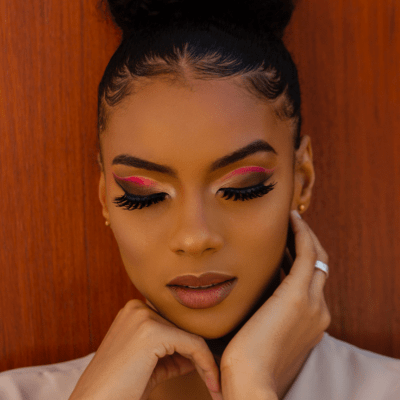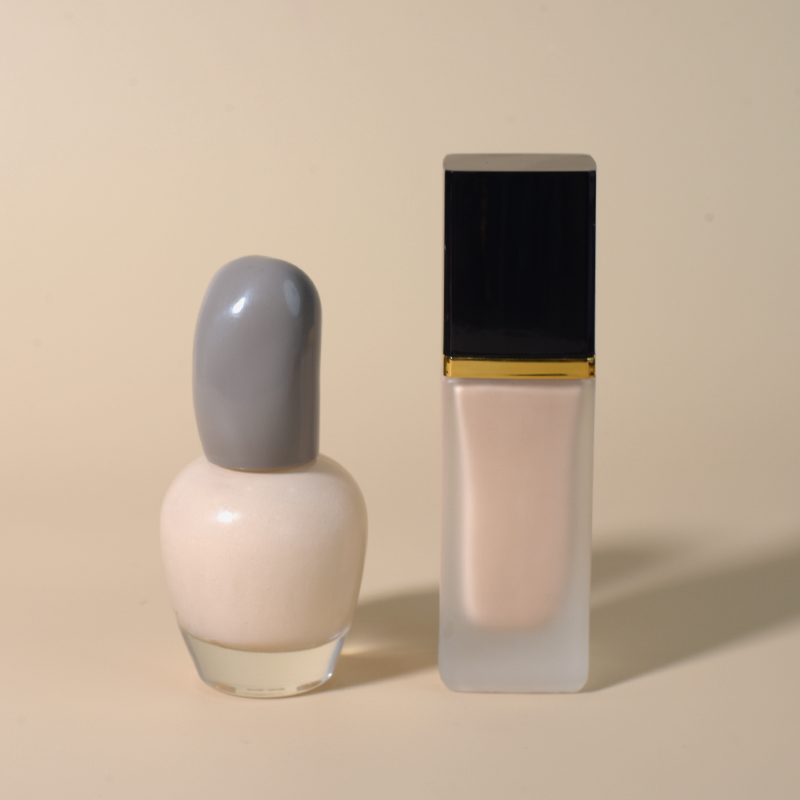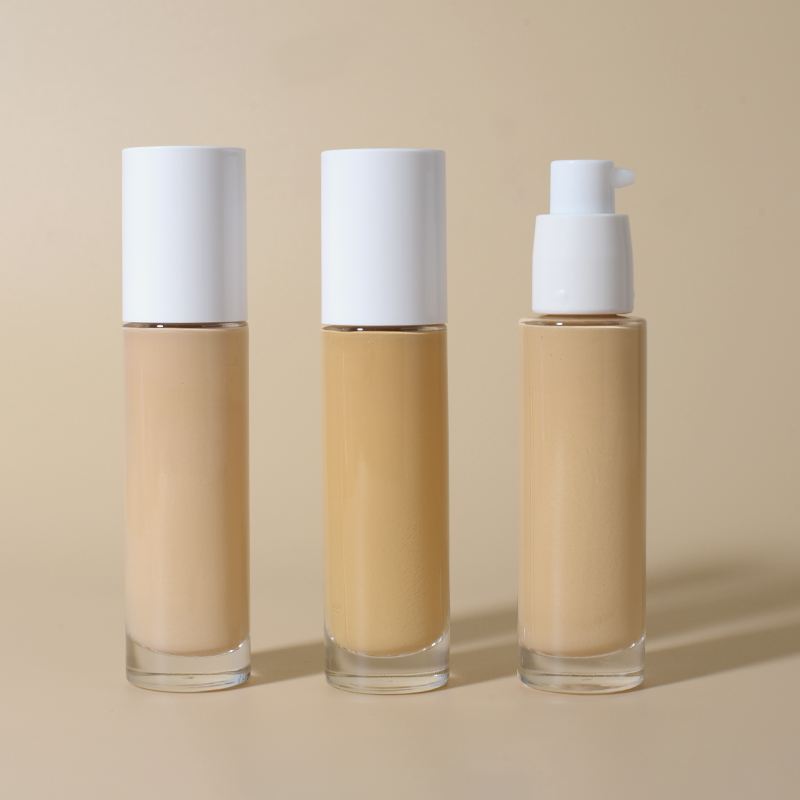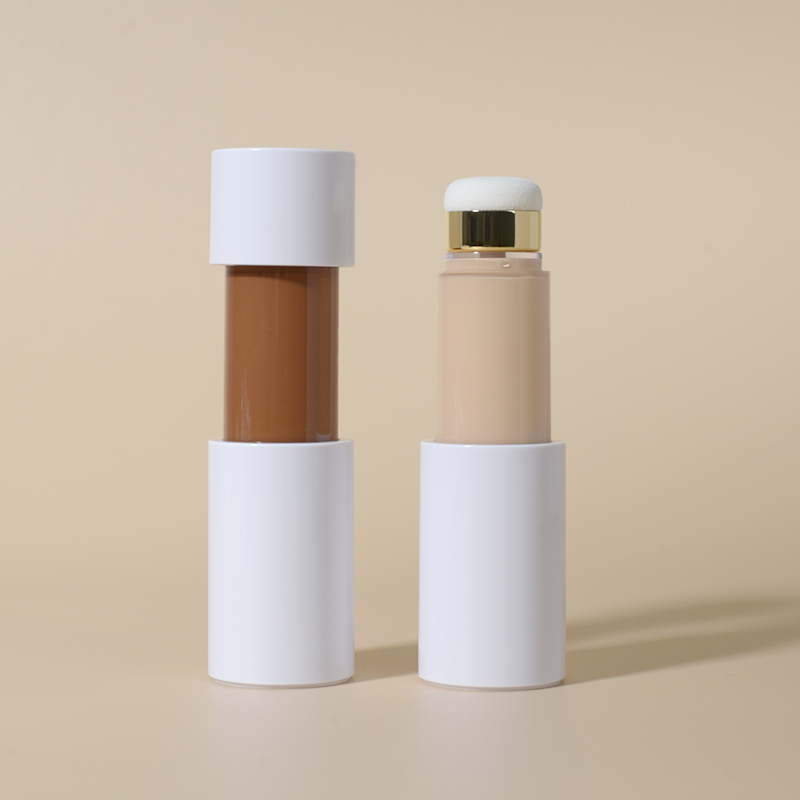Should Foundation Be Lighter or Darker Than Your Face? A Comprehensive Guide
Choosing the right foundation shade can be a daunting task for many. It’s a crucial step in achieving a flawless makeup look. A common question that arises is whether your foundation should be lighter or darker than your face. This blog will delve into this question and provide you with all the information you need to make the right choice for your skin tone and type.
▋Understanding Skin Tones and Undertones
Before we address whether your foundation should be lighter or darker, it’s essential to understand your skin tone and undertone.
Skin Tone: This is the surface color of your skin and can be fair, light, medium, tan, deep, or dark.
Undertone: This is the subtle hue underneath your skin’s surface and can be categorized into three types:
1. Cool (pink, red, or blue undertones)
2. Warm (yellow, peachy, or golden undertones)
3. Neutral (a balance of both cool and warm undertones)
Identifying your undertone is crucial as it influences how a foundation will appear on your skin.
▊ The Goal: A Natural, Seamless Look
The primary goal when choosing a foundation shade is to achieve a natural and seamless look. Your foundation should blend into your skin and create an even complexion. It shouldn’t be obvious that you are wearing foundation. Here are some key tips to achieve this:
1.Test in Natural Light: Always test foundation shades in natural light to see how they truly appear on your skin. Artificial lighting can distort the color.
2. Match to Your Jawline: The best place to test foundation is your jawline. This area will help you find a shade that seamlessly blends your face with your neck.
3. Wait for Oxidation: Some foundations can oxidize (change color) after application. Wait a few minutes after applying a test swatch to see the final shade.
▊ Should Foundation Be Lighter or Darker?
The simple answer is: neither. Your foundation should match your skin tone as closely as possible. However, there are nuances to consider based on the look you want to achieve and any specific skin concerns you have.
If You Want to Brighten Your Complexion:
– Choose a Slightly Lighter Shade: If you have dull skin or dark circles and want to brighten certain areas, you might opt for a foundation that is half a shade lighter. This technique can give your skin a more radiant look. However, be cautious with this approach as going too light can result in an unnatural, washed-out appearance.
▊ If You Want to Contour or Add Depth:
– Choose a Slightly Darker Shade: For contouring or adding depth to your face, a foundation that is half a shade darker can be used on the perimeter of your face and under your cheekbones. This technique helps create a more sculpted look. Again, moderation is key to avoid an unnatural finish.
▊ Common Foundation Mistakes
1. Going Too Light:A foundation that is too light can make your skin look ashy or ghostly. It can also accentuate fine lines and texture on your skin.
2. Going Too Dark: A foundation that is too dark can make your skin look muddy or overly tanned. It can also create a stark contrast between your face and neck.
3. Ignoring Undertones: Choosing a foundation without considering your undertones can result in a mismatched appearance. For example, a foundation with pink undertones on warm-toned skin can look overly rosy.
4. Not Adapting to Seasonal Changes: Your skin tone can change with the seasons. It’s common to be slightly darker in the summer and lighter in the winter. Adjust your foundation accordingly.
▊ How to Find Your Perfect Match
1. Swatch Multiple Shades: When shopping for a foundation, swatch several shades on your jawline and blend them out. The one that disappears into your skin is your match.
2. Consult Professionals: Makeup artists and beauty consultants can help you find your perfect shade. Many beauty stores offer shade matching services.
3. Use Shade Matching Tools: Many brands offer online shade matching tools and quizzes. While not perfect, they can give you a good starting point.
4. Mix and Match: Sometimes, the perfect shade isn’t available in a single bottle. Don’t be afraid to mix two shades to create your custom color.
▊ Adapting Your Foundation Routine
Primer and Setting Powder: Using a primer and setting powder can help your foundation last longer and look better. Primers can create a smooth base and control oil, while setting powders can lock in your foundation and reduce shine.
Adjust for Coverage: Depending on your skin’s needs, you may want a foundation with different coverage levels. Light coverage for a natural look, medium coverage for daily wear, and full coverage for special occasions or when you need extra coverage.
Blend Well: Use a makeup sponge, brush, or your fingers to blend your foundation well. Proper blending ensures a seamless and natural finish.
When it comes to choosing whether your foundation should be lighter or darker than your face, the best approach is to match your skin tone as closely as possible. Consider your undertones and use foundation strategically to brighten or add depth as needed. Avoid common mistakes, find your perfect match through swatching and professional help, and adapt your routine to keep your foundation looking flawless.
Remember, the ultimate goal is a natural and radiant complexion that enhances your beauty. With these tips, you can confidently choose the right foundation and achieve a stunning makeup look every time.








